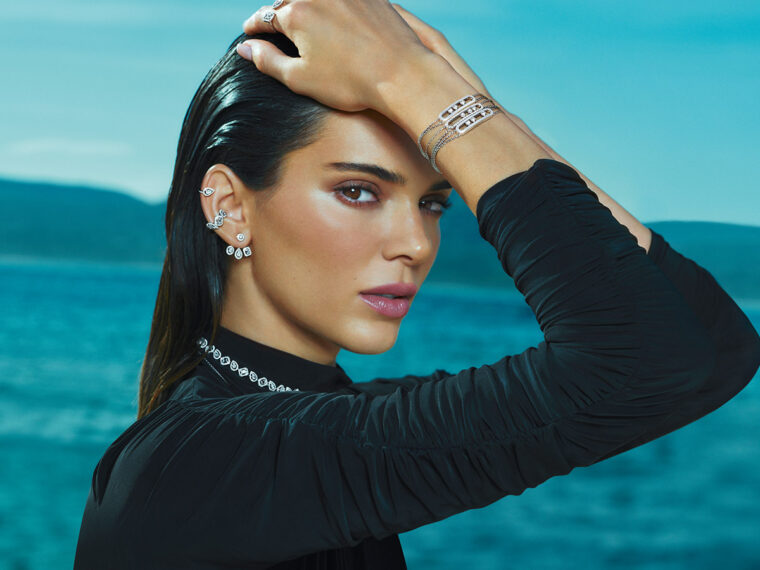Luxury jewelry products such as necklaces, rings, bracelets, earrings and watches feature exquisite craftsmanship and high quality precious metals and gemstones. They symbolize status, style and wealth. The rising disposable incomes and changing lifestyle of consumers are fueling demand for premium and customized jewelry. In addition, growing fascination for unique, one-of-a-kind designs is prompting jewelers to offer more intricately designed pieces.
The global Luxury Jewelry Market is estimated to be valued at US$ 68.82 Bn in 2023 and is expected to exhibit a CAGR of 3.9% over the forecast period 2023 to 2030, as highlighted in a new report published by Coherent Market Insights.
Market key trends
Increasing Demand for Unique Designs
The luxury jewelry market Size And Trends is witnessing strong growth in demand for bespoke, customized designs. Consumers, especially millennials and generation Z, are expressing strong interest in personally tailored jewelry that reflects their individual tastes and style. This is prompting designers in the luxury jewelry space to focus on offering more exclusive, made-to-order products. They are embracing advanced CAD technologies and employing highly skilled artisans to craft special pieces for discerning clients. Increased availability of unique designs through online platforms is also fueling the demand. Moreover, celebrities and social media influencers are fueling trends for unusual yet premium jewelry styles. This growing fascination for distinctive designs that cannot be found anywhere else is expected to remain a key driver augmenting demand in the global luxury jewelry market over the forecast period.
SWOT Analysis
Strength: Luxury jewelry products are seen as a status symbol and way to express wealth. These products are designed to last generations and hold their value well over time.
Weakness: The luxury jewelry market is highly dependent on economic conditions and consumer confidence levels. During economic downturns, luxury purchases are often the first to be cut from consumer budgets. Additionally, many luxury jewelry products require specialized craftsmanship skills that are becoming rare.
Opportunity: Growth of the affluent middle class in developing markets like India, China, and parts of Southeast Asia is opening new potential customer segments. Additionally, innovation in materials and designer collaborations can help attract younger consumers to the luxury brand.
Threats: Growing consumer awareness of conflict diamonds and the human/environmental impacts of mining pose reputational threats. Additionally, lower-cost fine jewelry alternatives and lab-grown diamonds are increasing competition.
Key Takeaways
Global Luxury Jewelry Market Demand is expected to witness high growth over the forecast period of 2023 to 2030.
The Asia Pacific region currently dominates the luxury jewelry market, accounting for more than 50% of the global market in 2023. China and India are the fastest growing luxury jewelry markets in the region due to increasing disposable incomes, large millennial populations, and growing demand for luxury and branded products as a status symbol.
Key players operating in the luxury jewelry market are Pandora, Tiffany & Co, Swarovski, Harry Winston, Chopard, Graff Diamonds, Mikimoto, and Buccellati. Leading luxury jewelry brands are introducing high-end fine jewelry lines and innovative bridal collections as well as collaborating with fashion designers to appeal to younger consumers and drive brand awareness. Digital marketing and e-commerce are also becoming more important channels for luxury jewelry retailers looking to reach customers globally.
*Note:
1. Source: Coherent Market Insights, Public sources, Desk research
2. We have leveraged AI tools to mine information and compile it

